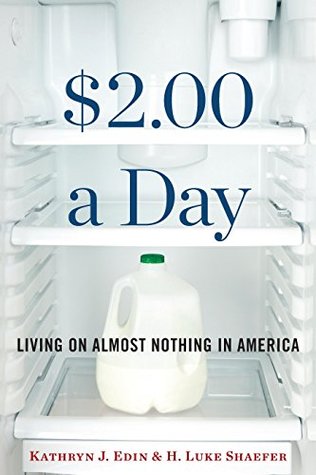More on this book
Community
Kindle Notes & Highlights
Read between
December 5 - December 10, 2020
There are more avid postage stamp collectors in the United States than welfare recipients.
Service sector employers often engage in practices that middle-class professionals would never accept. They adopt policies that, purposely or not, ensure regular turnover among their low-wage workers, thus cutting the costs that come with a more stable workforce, including guaranteed hours, benefits, raises, promotions, and the like. Whatever can be said about the characteristics of the people who work low-wage jobs, it is also true that the jobs themselves too often set workers up for failure.
The extreme of this phenomenon is the growing prevalence of “on-call” shifts. In recent years, many service sector employers have begun requiring workers to be available on certain days and at certain times even when they aren’t working. They might be expected to call in (or even show up) each day and, if a supervisor demands it, report to work in short order. If they are not needed, they get no compensation for the time spent on call.
Barely making it on $13 an hour is Jennifer’s version of the American dream. Yet even this modest aspiration can seem all but out of reach.
What low-wage employers now seem to demand are workers whose lives have infinite give and 24-7 dedication, for little in return.
Today there is no state in the Union in which a family that is supported by a full-time, minimum-wage worker can afford a two-bedroom apartment at fair market rent without being cost burdened, according to HUD.
To put it simply, not having cash basically ensures that you have to break the law and expose yourself to humiliation in order to survive.


